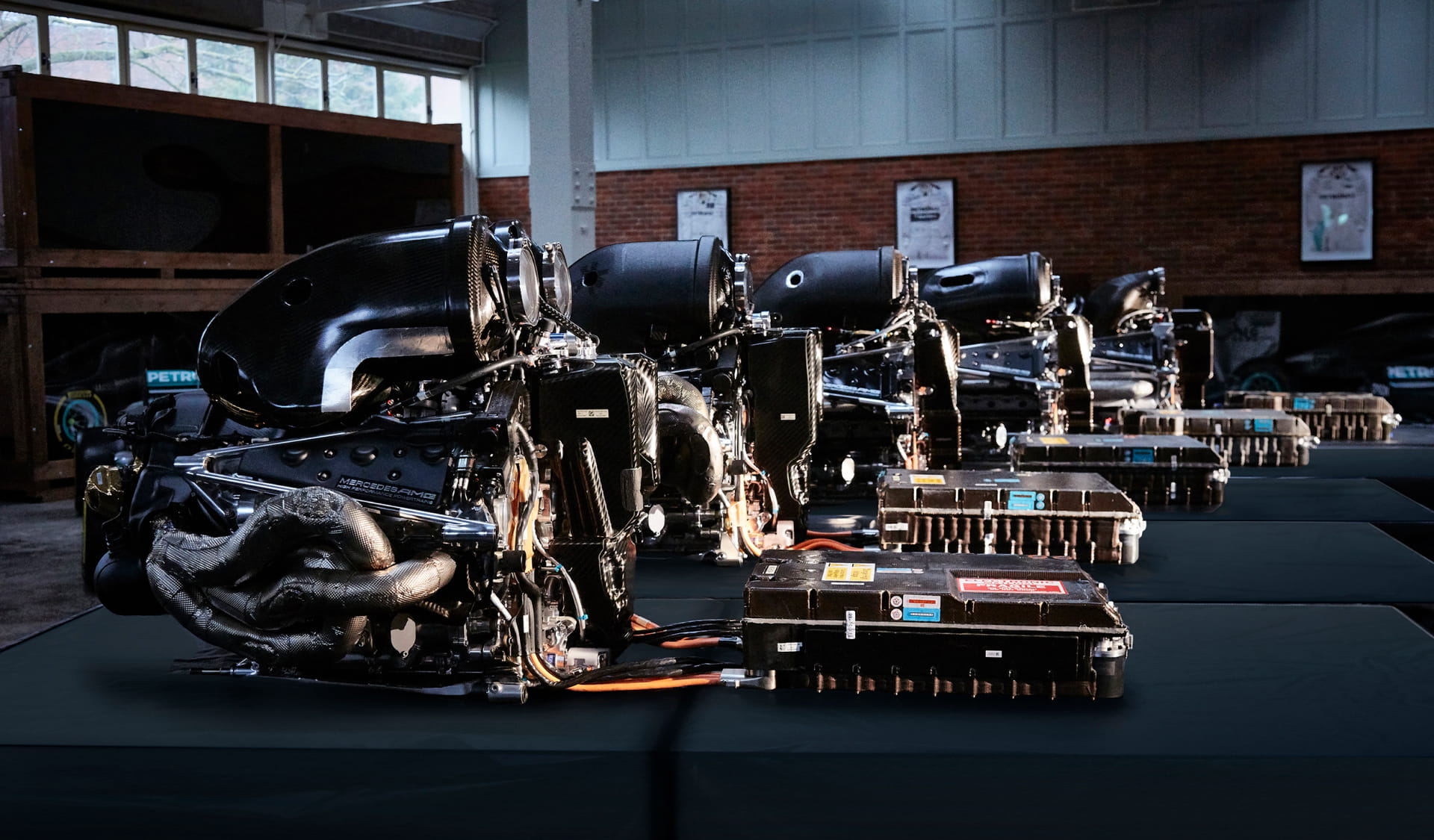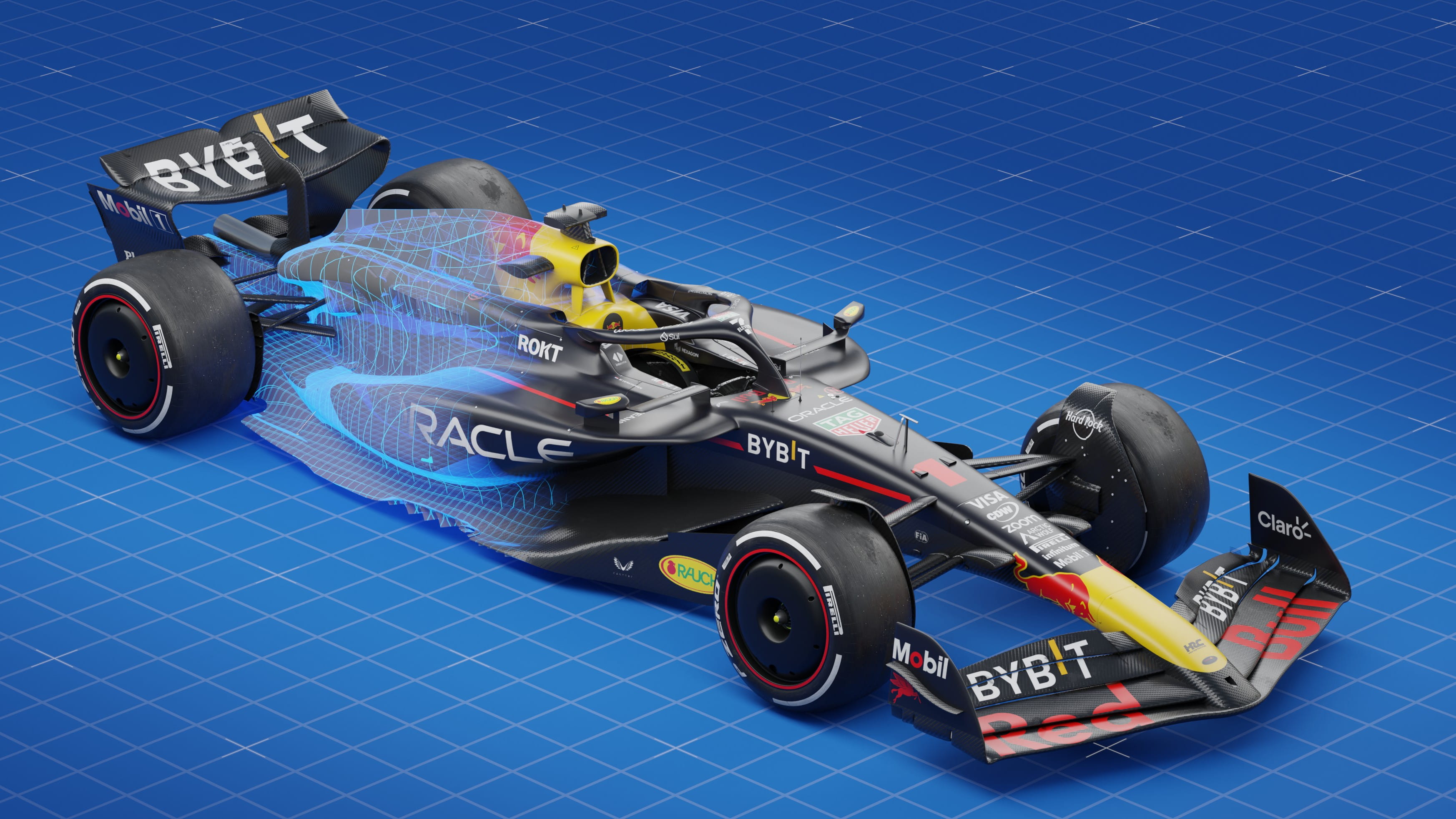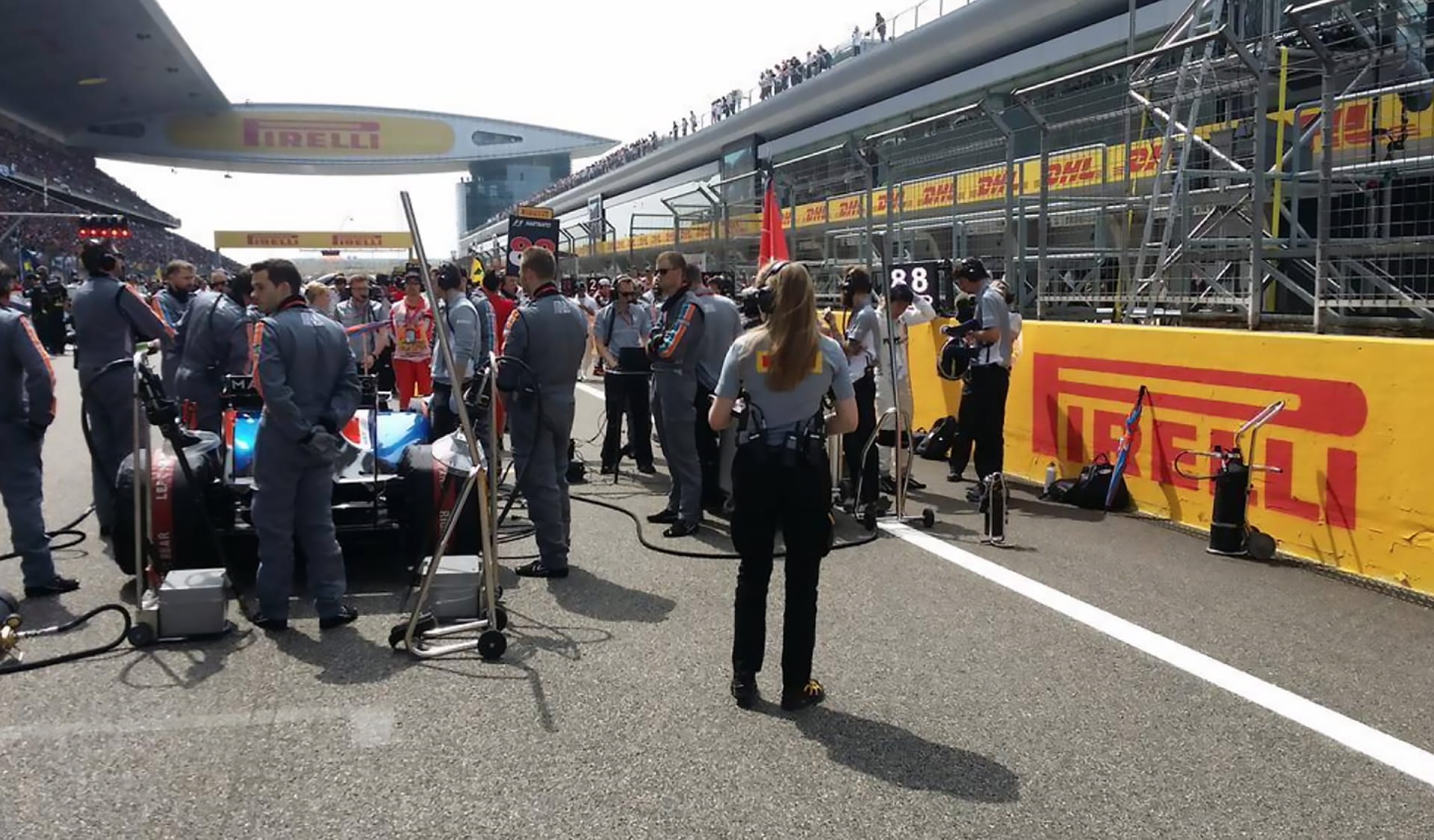Future
Extreme H 2025: Could this new hydrogen series change motorsport?
by Samarth Kanal
5min read
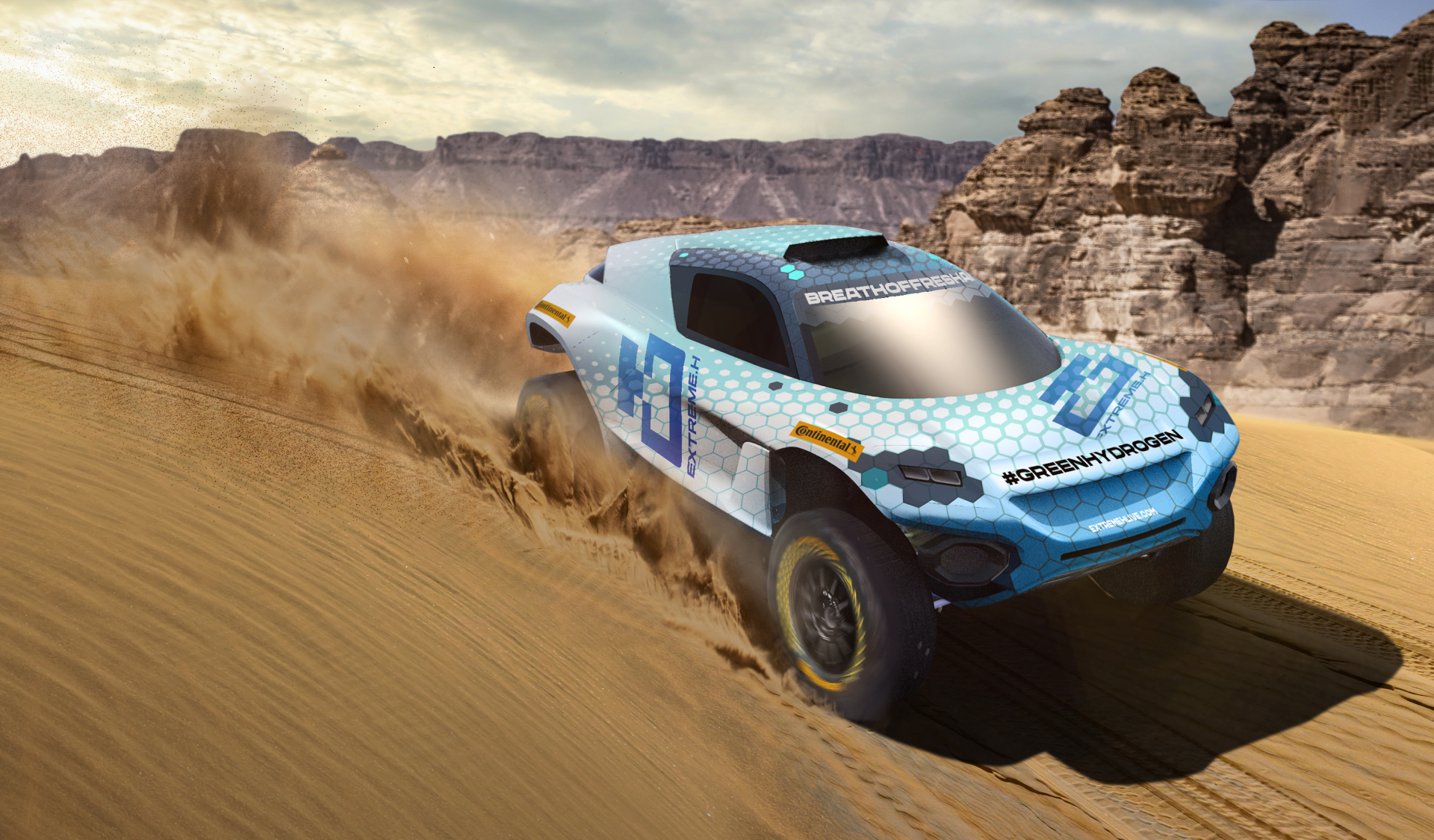
Extreme E is arguably undergoing the biggest transition of any major motorsport. In 2025, the electric-only spec series will change its formula, entering a new era with input from the FIA and Formula 1, to become the world’s first hydrogen-powered racing series.
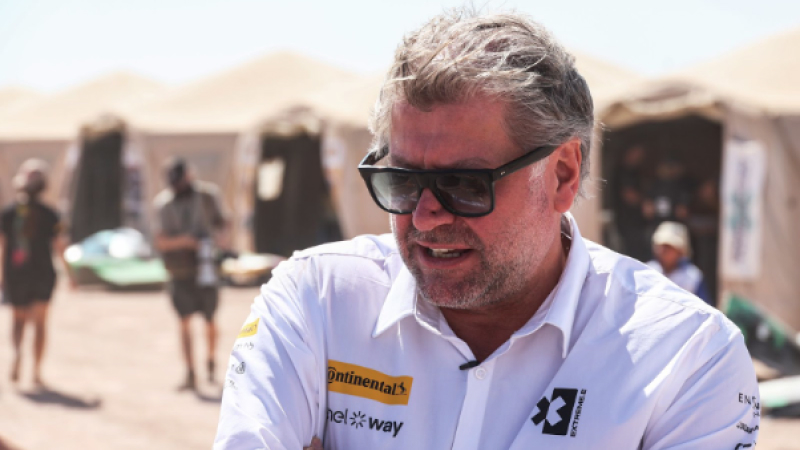
Mark Grain fulfilled various roles at McLaren before moving to Extreme E
A few series and championships have added hybrid power to their rosters in the last decade – but none has completely overhauled the power source for its racing cars.
The series’ technical director, Mark Grain, doesn’t seem daunted by this task. He spent nearly three decades at McLaren, ultimately becoming its director of IndyCar, Extreme E and Heritage operations before joining this off-road racing series proper in 2023.
“We’ve got a history of demonstrating to, not only motorsport fans, but the world in general, that you can take a BEV [Battery Electric Vehicle] race car and put it through its paces and have competitive motor races in very challenging conditions,” he says.
“Rather than sit back on our laurels and maintain that level of technology, we've decided to push on and move to this other energy source and do the same again. We want to show the world in general, and motorsport fans, that hydrogen fuel cell racecars can race competitively in very challenging conditions all around the world.”
Overcoming the challenges of hydrogen power
Hydrogen power presents its own challenges: cooling, safety – both for the drivers and marshals – and reliability. That means new crash-testing measures need to be taken to protect the fuel cell itself. The FIA has worked with the series from day one of its hydrogen undertaking to ensure those issues can be ironed out.
The hydrogen fuel cells will be provided by Symbio, a French hydrogen mobility company co-owned by Forvia, Michelin and Stellantis. Symbio already produces 50,000 fuel cell systems per year from their ‘gigafactory’ – Europe’s largest integrated hydrogen fuel cell factory – in Saint-Fons, near Lyon.
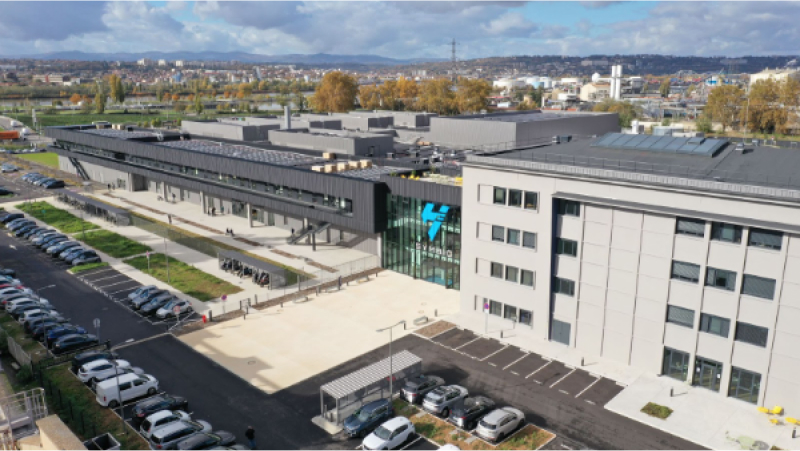
Symbio's SymphonHy plant in Saint-Fons
Testing hydrogen technology
Now, Symbio is turning its attention to a high-performance product. Its CEO Philippe Rosier reasons that Extreme H will provide a demanding testbed that could ultimately improve the company’s fuel cells.
“We believe motorsport offers a unique laboratory in extreme and real-life conditions that enables us to test and adapt our technology to the most intense and demanding uses,” he says.
Another French firm – this one founded by current Ferrari F1 boss Frederic Vasseur – Spark Racing Technology, will provide the cars for Extreme H, as it has done for Extreme E since the debut season.
Testing began for the hydrogen-powered prototype in December 2023 and, ahead of the opening round of the 2024 season, the prototype had covered 350 kilometres.
“With fast-paced refinements coming from Symbio, I'm pleased to say that we've already started work on performance rather than reliability issues,” says Grain.
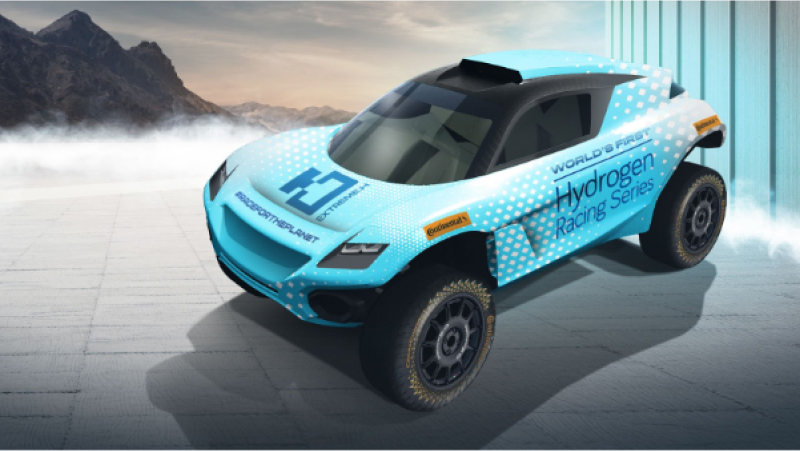
Romain Dumas is putting the new Extreme H car through its paces
“The cars are being tested in harsh environments that represent and mirror our racing environments. And if you know Romain Dumas [test driver for Extreme H] at all, you'll know he wasn't being kind to it."
We've got a very good baseline, and, and we're getting good reports back from our test drivers. This is very promising.
Mark Grain
, Extreme E technical director
More tests are planned for the prototype for the sake of performance and safety before Spark begins rolling out production models for the teams. Grain says the hydrogen car could be racing within nine months. Work is therefore ongoing at a considerable pace, and part of that is thanks to the joint Hydrogen Technical Working Group – formed in 2023 with the FIA and F1.
The FIA is currently working with Extreme E to finalise the safety regulations for Extreme H, as well as ensure that the series can scale and refine its operations to become a world championship in 2026. F1 hasn’t had much involvement just yet – but Grain seemed excited about the potential of having the single-seater championship on board.
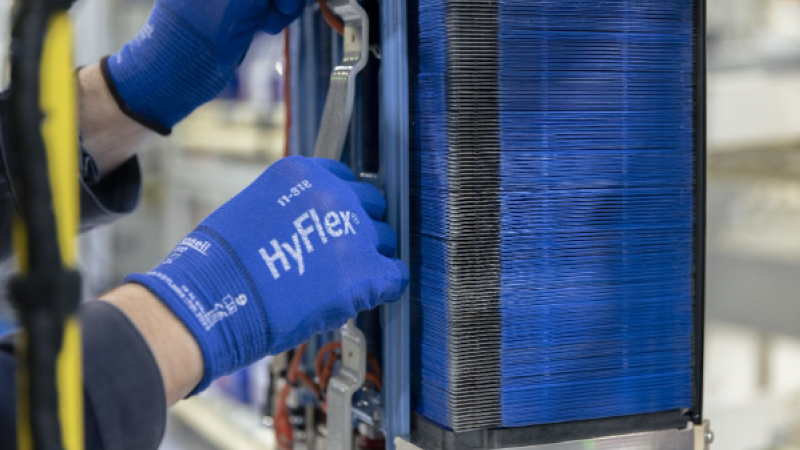
Extreme H could speed up adoption of large-scale low-carbon transport
“That’s very much a burgeoning relationship,” he said. “I’ve known Pat [Symonds, F1 chief technical officer] for quite some years now, and I was in touch with Pat in October 2023.
“When you look at somebody like Pat's experience, his breadth of engineering knowledge, it’s just gonna It's fantastic for us as a championship for the Spark and Symbio guys to be working with somebody of Pat’s quality, and with the FIA as well.”
It hasn’t been completely smooth sailing for Extreme E, with Lewis Hamilton’s X44 team, ABT Cupra, Carl Cox Motorsport and Chip Ganassi Racing having departed the series ahead of the 2024 season.
Chip Ganassi Racing reportedly left due to the upcoming switch to hydrogen power – something that didn’t interest its backer General Motors. However, Extreme E stated that it was “hopeful” that Ganassi would return while Hamilton’s X44 squad said it was “keeping an eye” on the series.
On the other hand, seven-time NASCAR Cup Series champion Jimmie Johnson joined Extreme E this season with his Legacy MC team. Swiss food company Sun AG has also joined the series to showcase its innovations in food tech and sustainability.
continues below
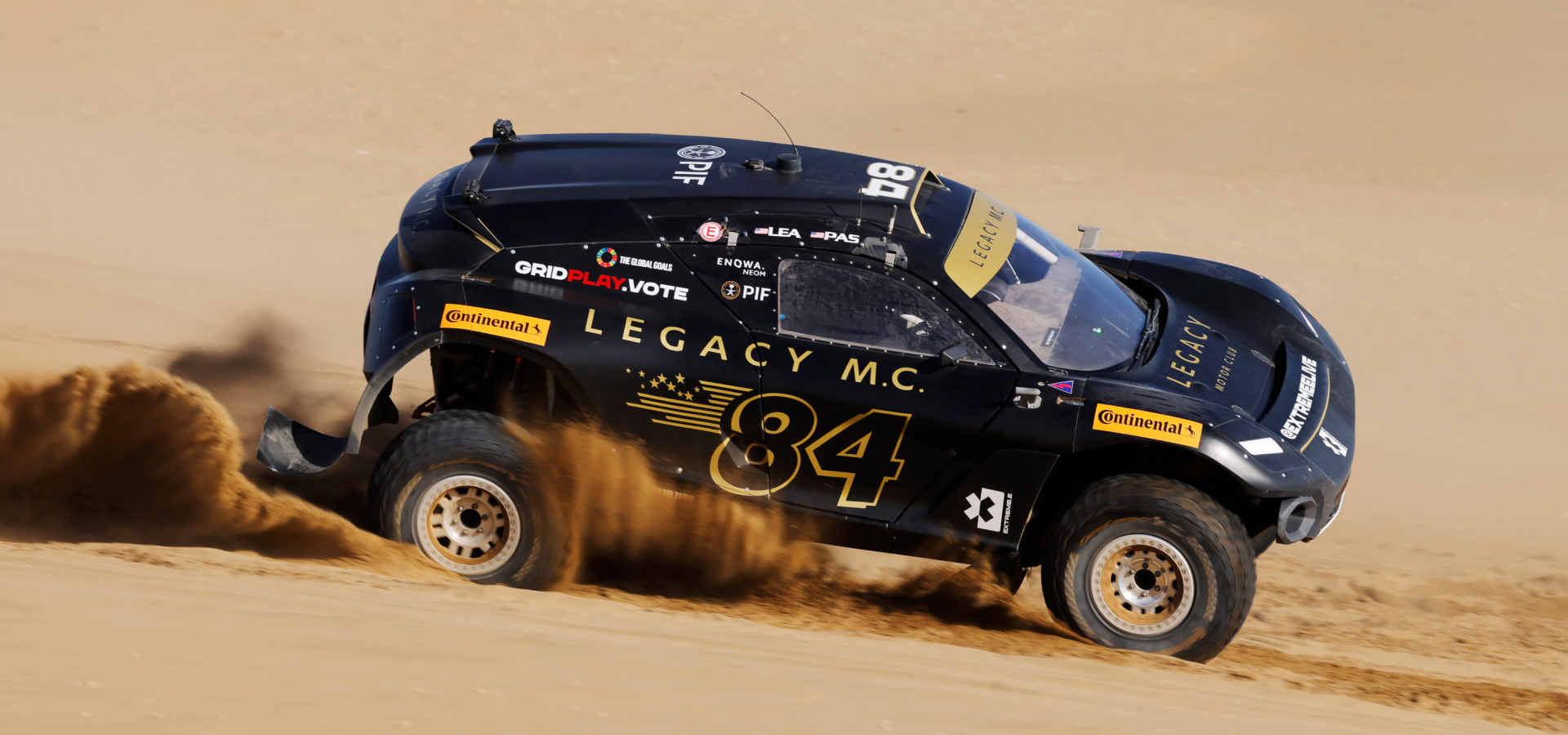
Seven-time NASCAR champion Jimmie Johnson has joined Extreme E for 2024
Despite a net loss of two squads for 2024, Grain maintains that there’s plenty of interest for new Extreme H entrants next year.
“When we announced we were going to hydrogen, the reaction was incredible,” he says. “There’s very wide interest. We would absolutely welcome any team that wants to come in and anybody that's showing interest in hydrogen."
The objective isn’t just to amass more teams, nor is it to become a world championship. Extreme E will have harnessed electric power for three years; Extreme H wants to harness hydrogen power for as long as it can.
“We're not putting any cap on [how long we can race with hydrogen cars],” says Grain. “There is no reason why it won't continue. We hope that we will play a part in developing high-stream fuel cell technology.
“We hope this runs and runs and that the developments that we will lead in racing will get onto the mass market for road cars or other forms of transport.”
Things move quickly in motorsport. Hybrid power was a novelty in 1998 when Panoz arrived in the FIA GT Championship with its Q9. Fifteen years later, and hybrid power was the norm in endurance racing, while Formula 1 adopted it fully in 2014.
With Formula 1 and the FIA joining forces with Extreme H, we could see hydrogen become the norm in motorsport far sooner than hybrids.

